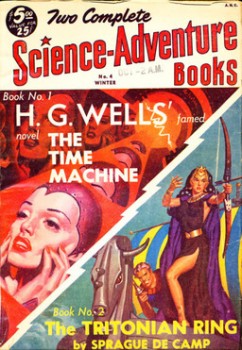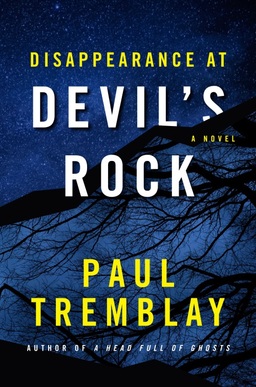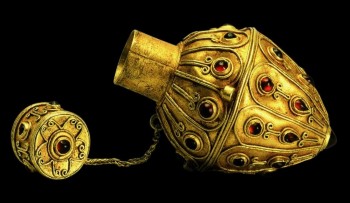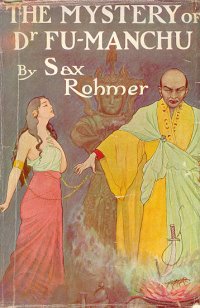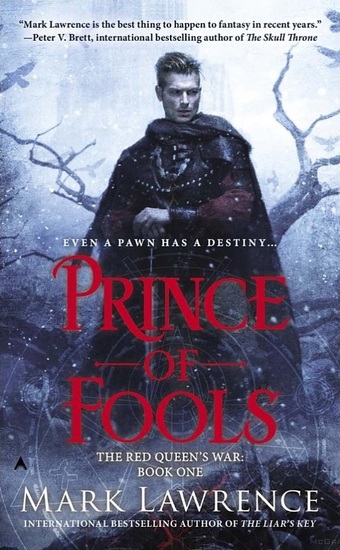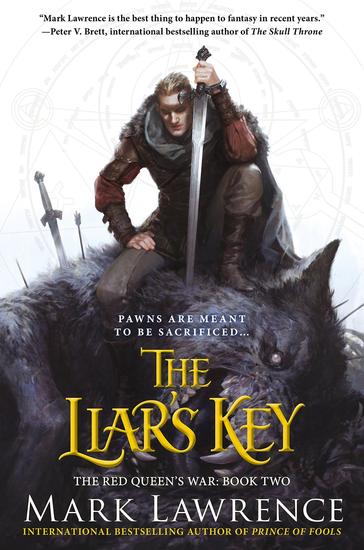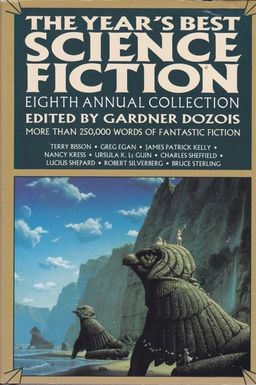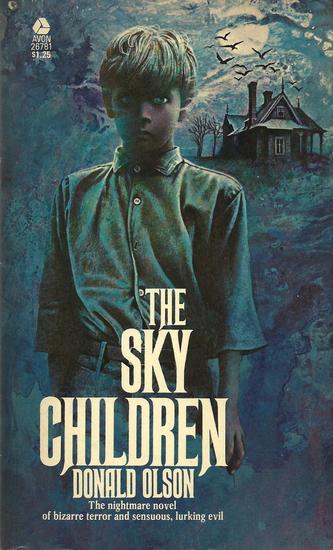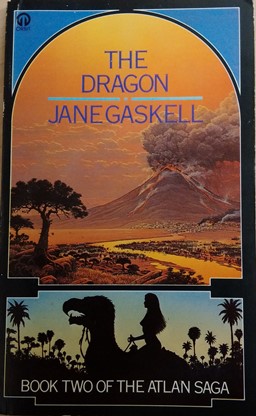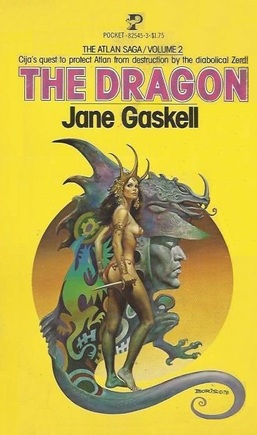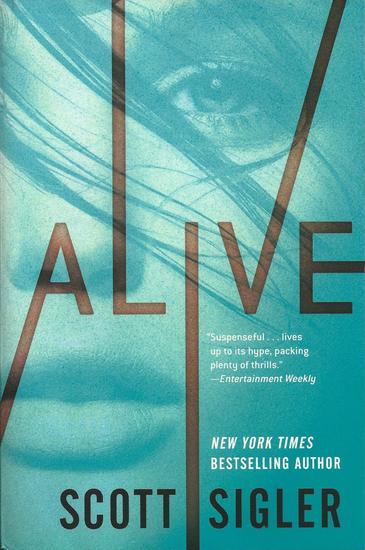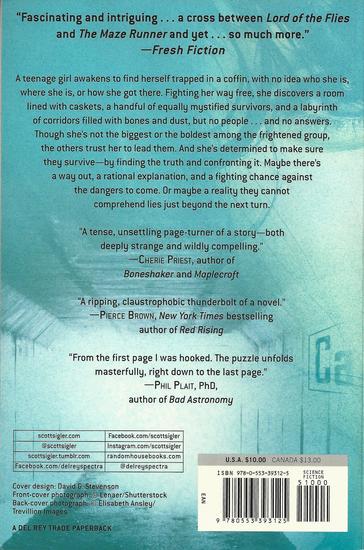New Treasures: Who Killed Sherlock Holmes?, the Third Shadow Police Novel by Paul Cornell
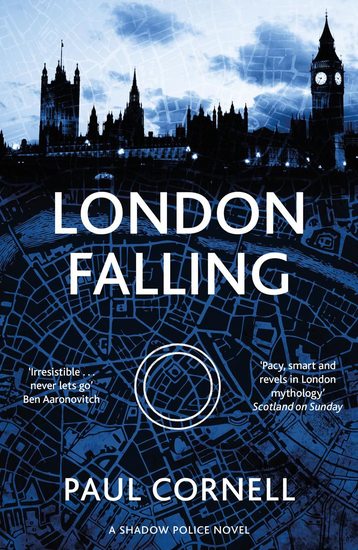 |
 |
 |
I bought a copy of Paul Cornell’s London Falling, the first novel in what was to become his Shadow Police series, shortly after it was released in 2013. It followed Detective Inspector James Quill and his team after they came into contact with a strange artifact and accidentally develop the Sight, enabling them to take on the otherworldly creatures secretly prowling London’s streets. I missed The Severed Streets, the second in the series, completely, so I was very grateful to receive a review copy of the third book, Who Killed Sherlock Holmes?, released in trade paperback by PAN on May 19. This series looks like a lot of fun, and I’ve already started a search for the middle book to complete the set.
The ghost of Sherlock Holmes is dead, but who will solve his murder?
The Great Detective’s ghost has walked London’s streets for an age, given shape by people’s memories. Now someone’s put a ceremonial dagger through his chest. But what’s the motive? And who — or what — could kill a ghost?
When policing London’s supernatural underworld, eliminating the impossible is not an option. DI James Quill and his detectives have learnt this the hard way. Gifted with the Sight, they’ll pursue a criminal genius — who’ll lure them into a Sherlockian maze of clues and evidence. The team also have their own demons to fight. They’ve been to Hell and back (literally) but now the unit is falling apart…
Paul Cornell’s most recent publication here in the US was the acclaimed novella Witches of Lychford, published by Tor.com.
Who Killed Sherlock Holmes? was published by Pan Books on May 19, 2016. It is 358 pages, priced at £8.99 (around $12.76 in the US).
